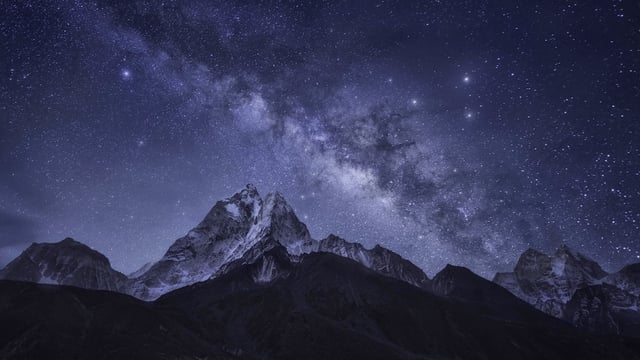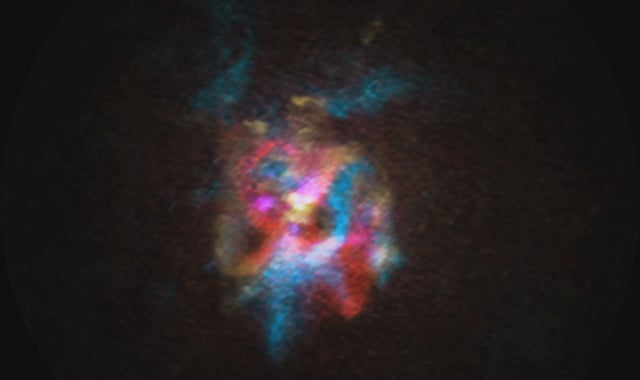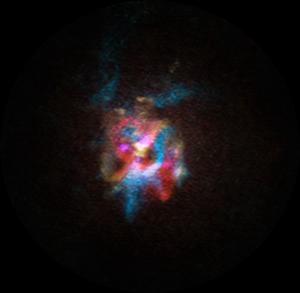Overview
- The structure is the largest of its kind detected in the Milky Way, surrounding the star DFK 52 in the Stephenson 2 cluster.
- The bubble holds roughly a solar mass of gas and dust and appears to have been expelled in a sudden stellar eruption a few millennia ago.
- ALMA traced molecular emission, including carbon monoxide and silicon monoxide, and used Doppler shifts to confirm the bubble’s expansion.
- Researchers note a hidden companion star as a possible driver of the ejection and plan follow‑up observations to test that idea.
- If DFK 52 were as close as Betelgeuse, the bubble would span about a third of the full Moon, and the results are published in Astronomy & Astrophysics by a Chalmers‑led team.


